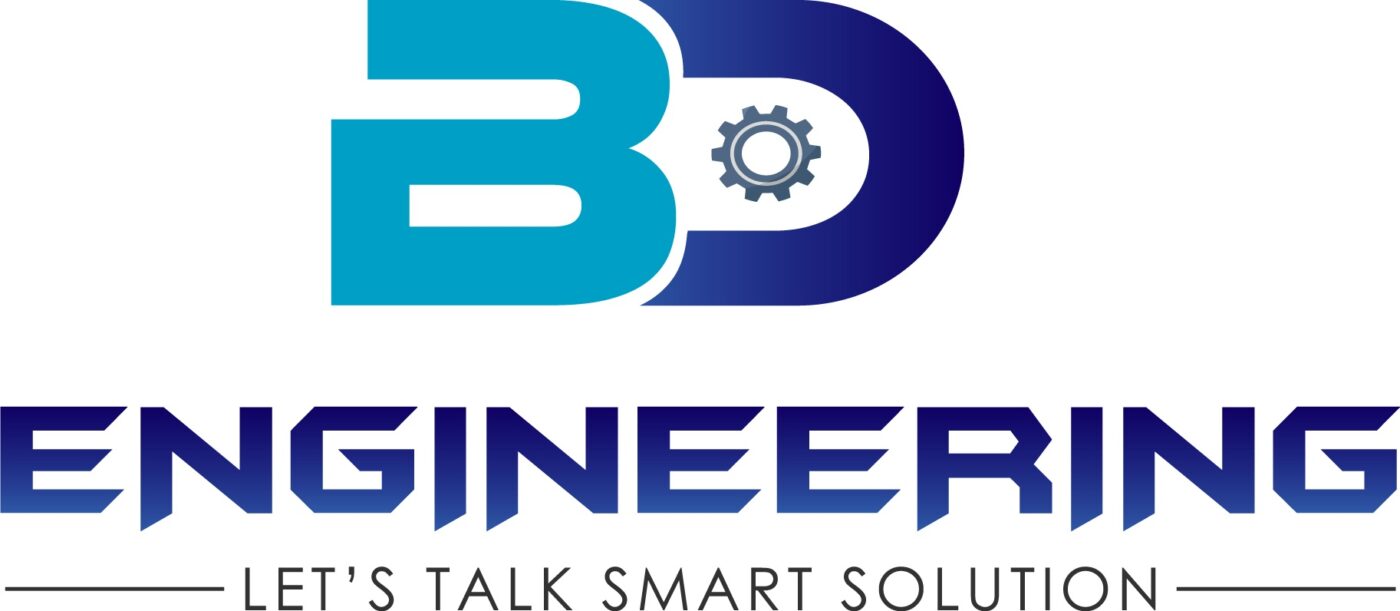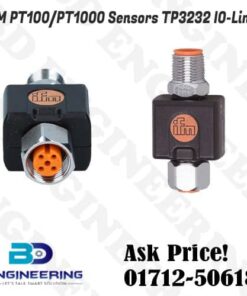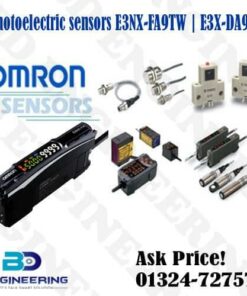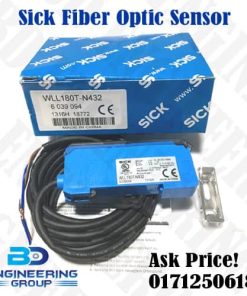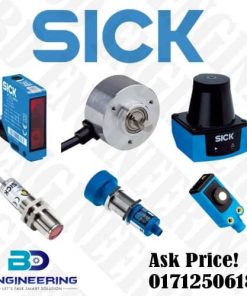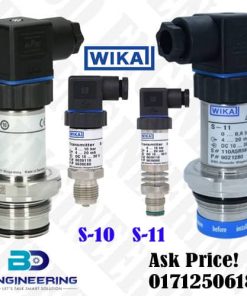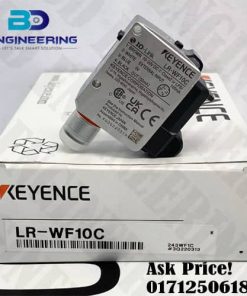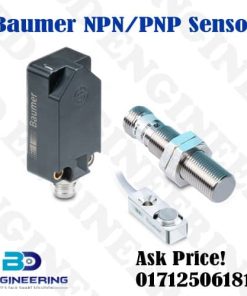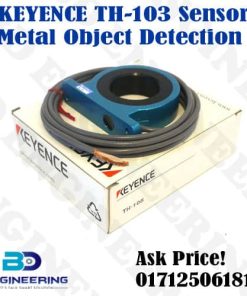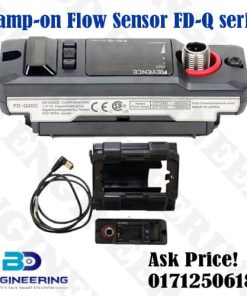They get an easy sensor signal to treat or apply in superior hardware that ought to modify over to automatic sign-making using an easy-to-automatic converter. Available Capacitive sensor, PNP-NPN Proximity Sensor, Photosensor, I-Mark Sensor, Color Mark Sensor, Metal Sensor, read sensor, cutting sensor.
Eye-Mark Sensor: Eye-mark sensors are specialized photoelectric sensors used for detecting specific marks (eye-marks) on products or materials. These marks are typically printed or applied for precise positioning or identification in manufacturing processes. Capacitive Sensor: Capacitive sensors detect changes in capacitance when an object enters the sensor's detection field. They are used for detecting materials, level sensing (liquids or solids), or proximity detection in certain environments. Inductive Sensor: Inductive sensors detect metallic objects based on changes in inductance. They generate an electromagnetic field and detect changes in the field caused by the presence of conductive materials. These sensor types are essential in industrial automation for tasks such as part detection, positioning, sorting, and quality control. Each type has specific advantages and is chosen based on factors. Like the type of material being detected, environmental conditions, and the required accuracy of detection. The choice between PNP and NPN sensors depends. The specific application and the compatibility with the control system being used. Sensor | Delta | Siemens | Omron | Sick | Truck | Fatek | FOTEK | Kongsberg |
